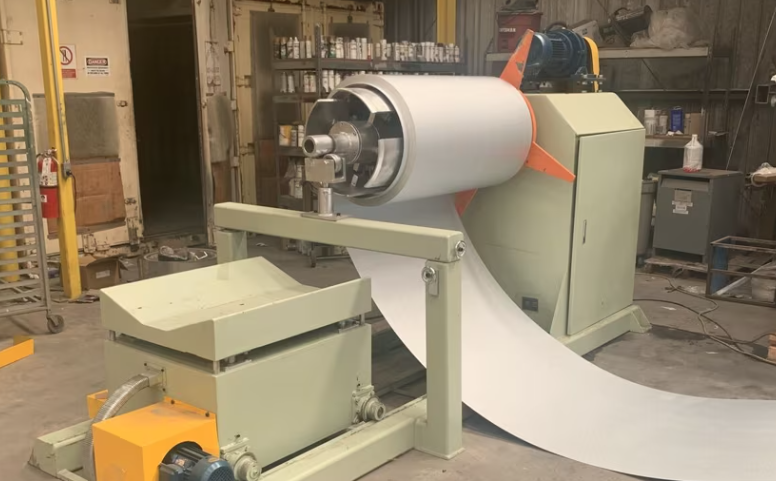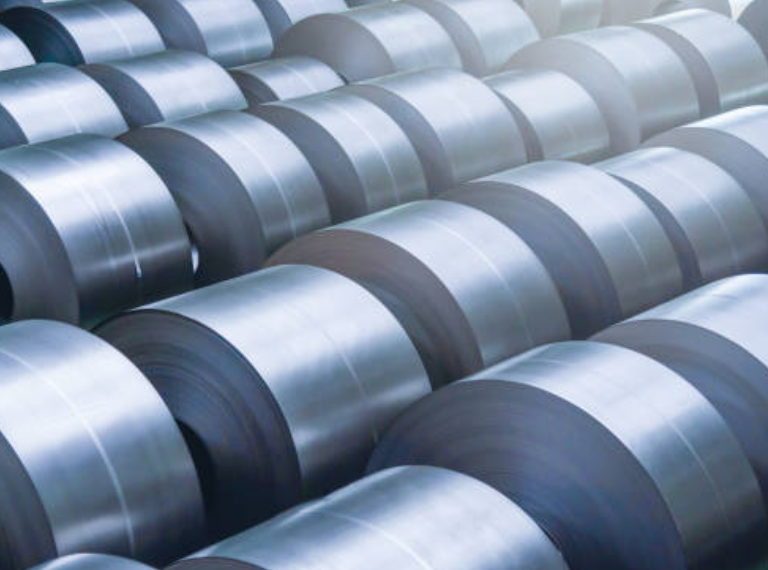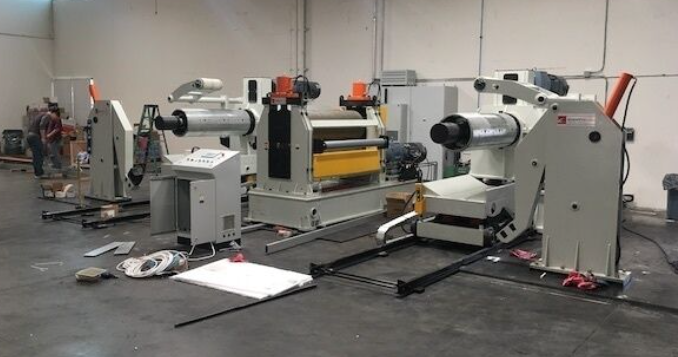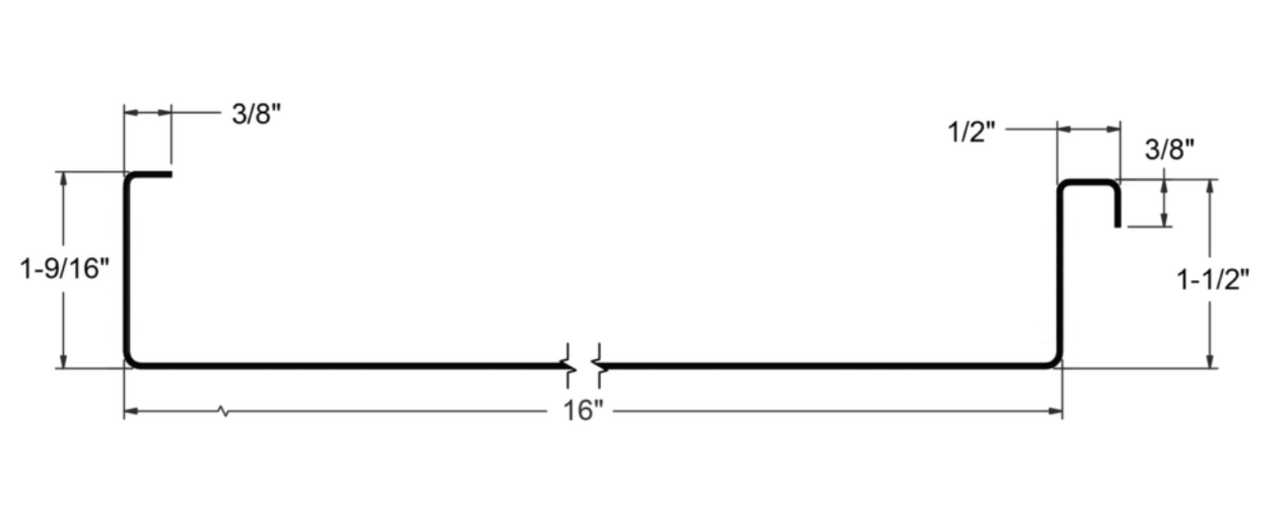
Posted on Wednesday, October 9, 2024
In today’s fast-paced transportation industry, manufacturers are constantly seeking ways to improve performance while reducing costs. A crucial aspect of this challenge lies in the materials used to build vehicles and their components. Roll forming technology has emerged as a game-changer, enabling the production of strong, lightweight structural elements for railway cars, trucks, and trailers. This blog explores the significance of roll forming in the transportation sector, emphasizing how it enhances strength and reduces weight, ultimately leading to improved performance.
In the transportation industry, every pound matters. Reducing the weight of vehicles not only contributes to better fuel efficiency but also increases payload capacity. As fuel prices rise and environmental concerns grow, manufacturers are increasingly focused on lightweight designs that do not compromise on strength.
Roll forming offers an ideal solution by producing high-strength components that maintain structural integrity while minimizing weight. The ability to create complex shapes and profiles using roll forming further enhances the design capabilities of manufacturers, allowing them to optimize performance without sacrificing durability.
Railway transportation plays a vital role in global logistics, and the structural elements of railway cars are critical to their performance and safety. Roll forming technology is widely used to produce components such as frames, side panels, and roof structures.
The trucking industry is another area where roll forming technology has made significant strides. With an increasing demand for fuel-efficient and robust trucks, manufacturers are turning to roll forming for key structural components.
Trailers are an essential component of the transportation industry, used for transporting goods across various terrains. Roll forming plays a vital role in producing lightweight yet durable trailer components.
Roll forming technology has revolutionized the transportation industry by enabling the production of lightweight, high-strength structural elements for railway cars, trucks, and trailers. As manufacturers strive to improve performance and efficiency, the advantages of roll forming—such as enhanced strength-to-weight ratios, precision, and design flexibility—become increasingly important.
Looking ahead, advancements in roll forming technology will likely continue to shape the future of the transportation sector, allowing for even greater innovation and sustainability. Manufacturers seeking to optimize their production processes and improve their products should consider incorporating roll forming solutions into their operations.
If you’re in the transportation manufacturing sector and are interested in leveraging roll forming technology for your products, don’t hesitate to reach out. Our expertise in providing custom roll forming machines can help you meet your production needs and stay ahead of the competition. Let’s drive innovation together!

Understanding Coil IDs, Mandrel Sizing, and Shear Pin Safety in Uncoilers
Posted on Wednesday, October 1, 2025
Mismatched sizes can lead to machine damage, downtime, and safety hazards — often evidenced by a shear pin failure.

How Coil Tensile Strength Affects Roll Forming and How to Adjust Your Machine
Posted on Wednesday, October 1, 2025
Changes in tensile strength can significantly affect the finished profile, causing misaligned bends, uneven edges, and out-of-spec parts.

Why Paint Cracks on an Embossing Line Running Pre-Painted Coil and How to Prevent It
Posted on Wednesday, October 1, 2025
This issue not only affects the visual quality of the product but can also lead to increased scrap rates and customer complaints.

The Most Popular Standing Seam Metal Roof Panels in the U.S. — A Comprehensive Guide
Posted on Monday, September 29, 2025
In this post, we’ll explore what panel styles and sizes are most popular in the U.S